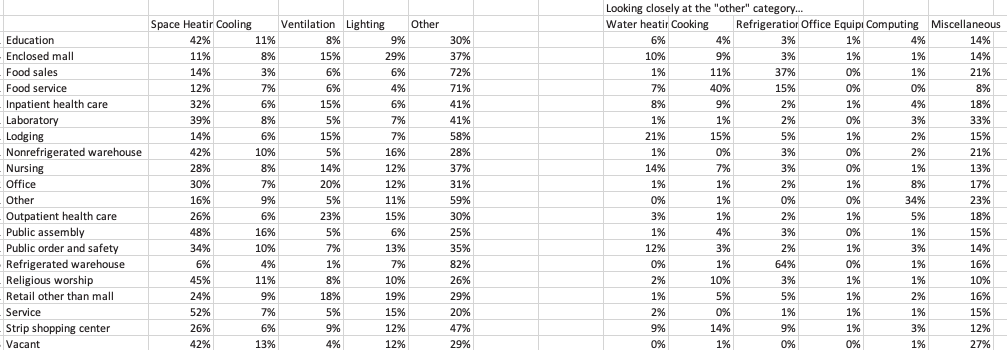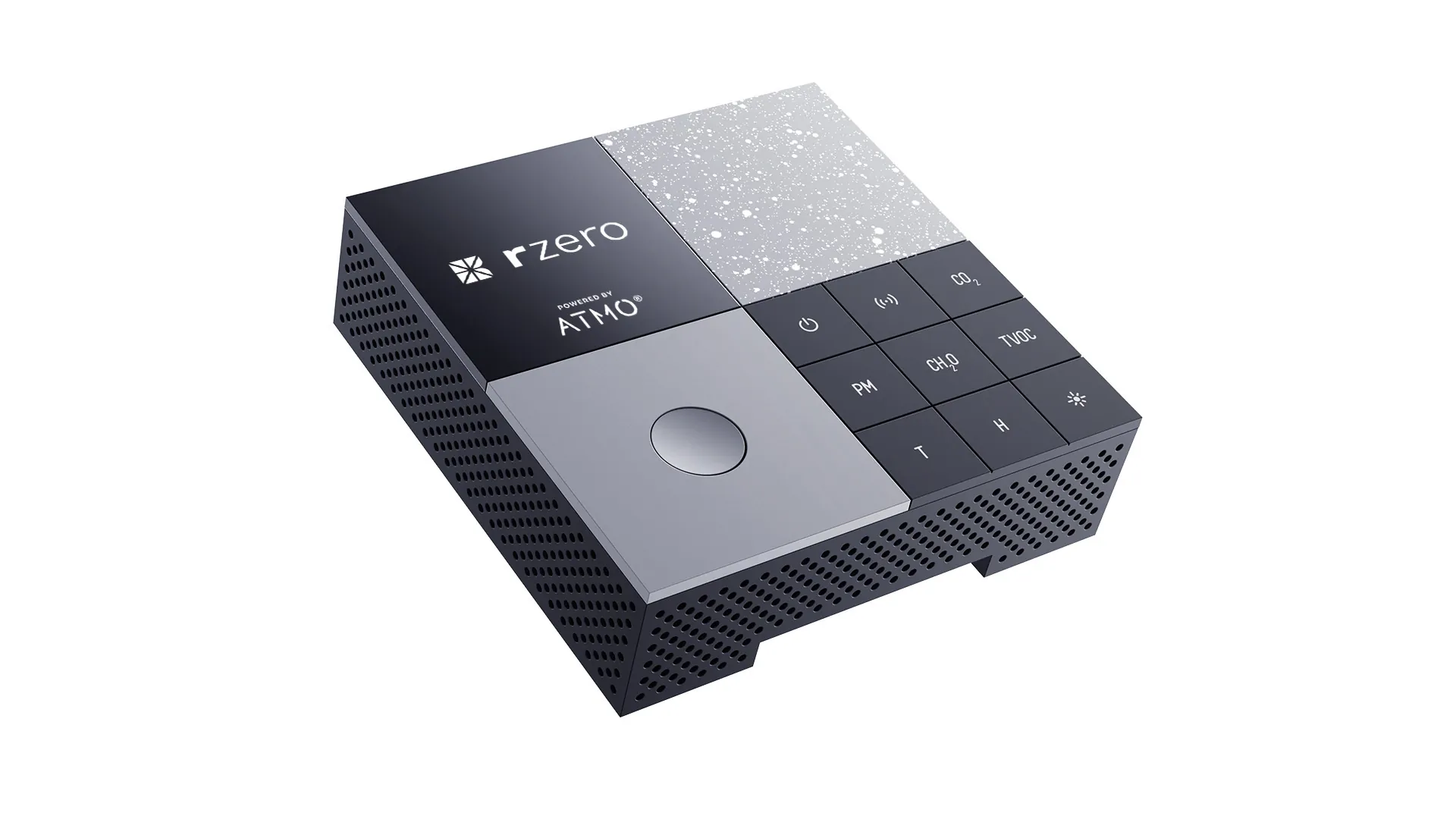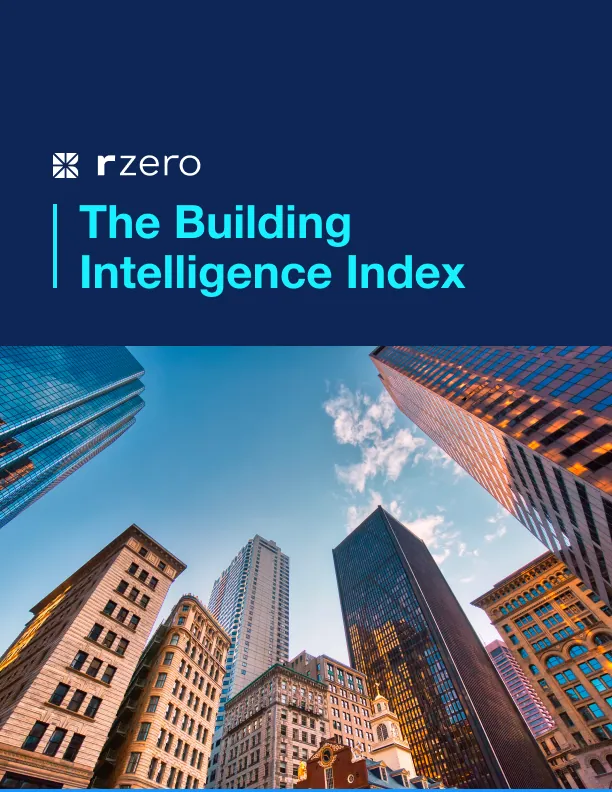
Understanding Hospital Energy Usage
Healthcare buildings are energy-intensive structures, but none are more energy-intensive than hospitals. On average, hospitals use about 2.75 times the energy per square foot of all commercial buildings.
Here’s a breakdown of what makes up a hospital’s large demand for energy, and how that energy demand can vary depending on the region.
Hospital Energy Statistics
Overall Energy Use
Hospitals are the third-most energy-intensive type of commercial building after food service and food sales buildings. They use an average of 193,300 BTUs of energy per square foot per year, which is the same as 1.5 gallons of gas for every square foot of space.
Inpatient vs. Outpatient
Hospitals make up only 7% of all healthcare buildings, but they make up the majority of all healthcare building energy use: 68% of the electricity use and 82% of the natural gas use.
Outpatient buildings use only slightly more energy per square foot than the average commercial building, but it still adds up.
If you add up the energy usage of all healthcare buildings in a year, the total annual energy cost exceeds $10 billion. Most of this energy use is not in special categories – powering hospital-specific imaging equipment, for example – but instead in similar categories to most commercial buildings. This means that many of the strategies other commercial buildings use to reduce energy consumption can also be used in healthcare buildings.
Positive Trends
There has already been progress in reducing hospital energy usage: between 2012 and 2018, hospital energy intensity decreased by 16%, which was the highest reduction among commercial building types.
Breaking Down Hospital Energy Use
Energy Consumption Categories
Compared to all commercial buildings, hospitals use a similar percentage of total energy on space heating as other buildings. In contrast to other buildings, hospitals spend just 6% of their energy on cooling and lighting. Hospitals also use 15% of their energy on ventilation, which is on the higher end of energy usage, but hospitals are otherwise relatively comparable to other buildings.

Outpatient buildings are much less energy-intensive than inpatient buildings, but they spend a larger percentage of their energy use on HVAC systems and lighting, about 70%.
Ventilation Standards
Hospitals follow stricter ventilation standards than general commercial buildings in order to preserve patient health and safety. That standard is reflected in their energy consumption: they spend 15% of their energy on ventilation. That may not seem like much compared to the 11% of ventilation energy consumption used by general commercial buildings, but when you consider that hospitals have an average energy intensity that’s 2.75 times higher than the energy used by general commercial buildings, it adds up.
Cooking and Water Heating
Due to the fact that hospitals take care of patients round-the-clock – including meals for patients, guests, and staff, and showers for patients – hospitals use far more energy on cooking and water heating than outpatient facilities. The combination of water heating and cooking uses 17% of a hospital’s total energy, but only 4% of an outpatient facility’s.
Average commercial buildings fall somewhere in between the two, since buildings like restaurants and hotels use those energy-outputs more than offices and warehouses.
Regional Variation
Climate Influence on Energy Use
When it comes to hospital energy usage, we also have to acknowledge the impact of regional climate variations on hospital energy consumption. To look at that regional difference, we used data from the American Society for Heating, Refrigeration, and Air Conditioning Engineers (ASHRAE).
Unfortunately, the statistics for hospital energy use by region aren’t available, but we do have the data for outpatient facilities by region, and can use that to make a reasonable estimate about climate’s effect on energy usage.
Dynamics Across Climates
Depending on the season, cold climates and hot climates use energy differently. In warm and hot climates, ventilation takes up roughly a quarter of total energy use. Cooling becomes a significant factor in energy consumption, while heating becomes a minor one.
Conversely, for cold and cool climates, space heating and ventilation make up the majority of energy use. Cooling consumes far less energy, while heating and ventilation consume nearly equal amounts of energy.
Regarding the energy consumption of lighting in outpatient facilities, there’s little variation based on climate. Available natural light varies dramatically across the country, but most outpatient facilities dedicate comparable amounts of energy consumption to lighting.
Hospitals and their Energy Usage
Hospitals are the third-highest consumers of energy in the commercial building category, and use 68% of the electricity consumed by all healthcare buildings. However, since the majority of their energy consumption is in similar categories as most commercial buildings, many of the strategies used by commercial buildings can be used to reduce that energy consumption.
There has already been a 16% reduction in energy use by 2018, but energy-efficient strategies are still necessary in today’s world. The large energy consumption in commercial categories like ventilation creates ripe opportunities for products like RZero’s UVC disinfection products to reduce hospital energy usage and expense.
More posts you might like
-

Understanding LL97 and Its Impact on NYC Commercial Real Estate
New York City’s Local Law 97 (LL97) represents one of the most ambitious steps toward achieving the city’s sustainability goals. Enacted as part of the Climate Mobilization Act, LL97 imposes strict carbon emission caps on buildings over 25,000 square feet. This law targets the biggest source of city emissions—buildings, which make up about half of […]
-

What is the Right CO2 Level in Commercial Buildings for Productivity and Comfort
In the modern workplace, creating environments that boost productivity and enhance occupant comfort is crucial. One often overlooked factor in achieving this is the management of indoor carbon dioxide (CO2) levels. CO2 serves as a key indicator of ventilation quality in buildings, which directly impacts occupant performance and overall indoor comfort. Why CO2 Levels Matter […]
-

Improve Building Performance & Comfort with Indoor Air Quality Monitoring
Did you hear the news? R-Zero launched a RESET-certified indoor air quality (IAQ) monitor and connected dashboard to visualize and act on indoor air and environmental quality data on demand. Designed for use in office buildings, schools, and healthcare facilities, our comprehensive IAQ and IEQ monitor boosts occupant comfort and operational performance, including HVAC fault […]

